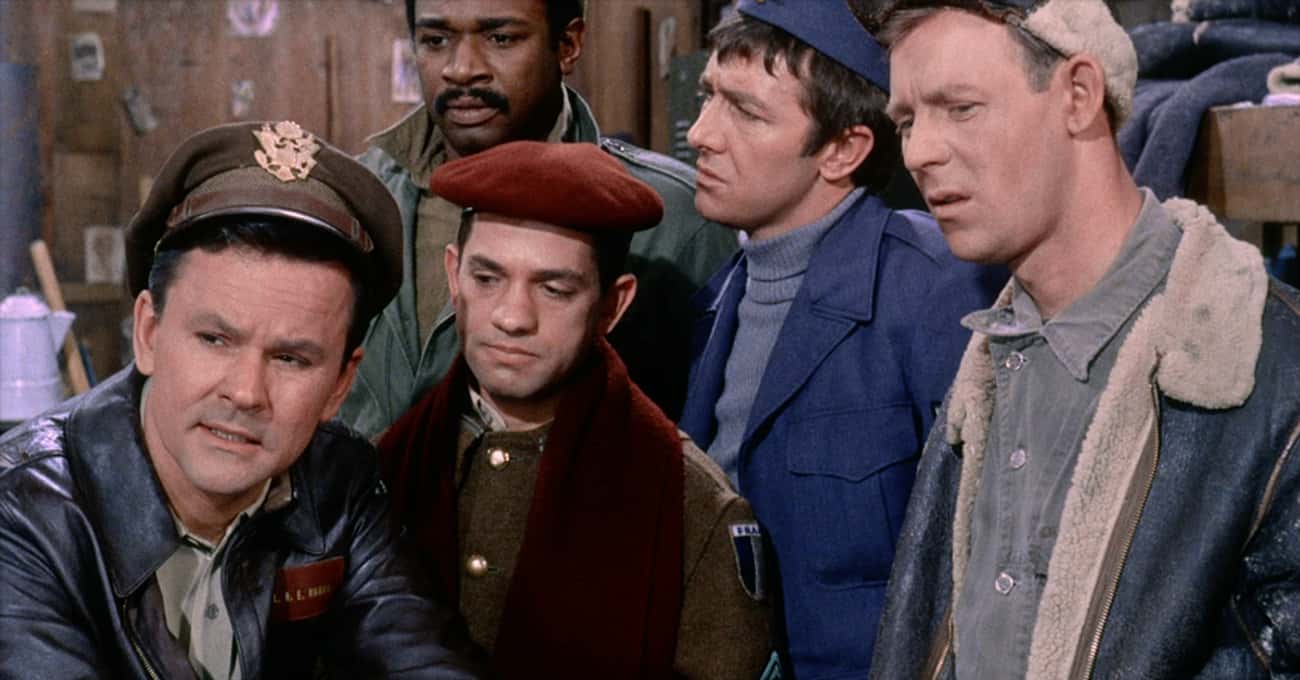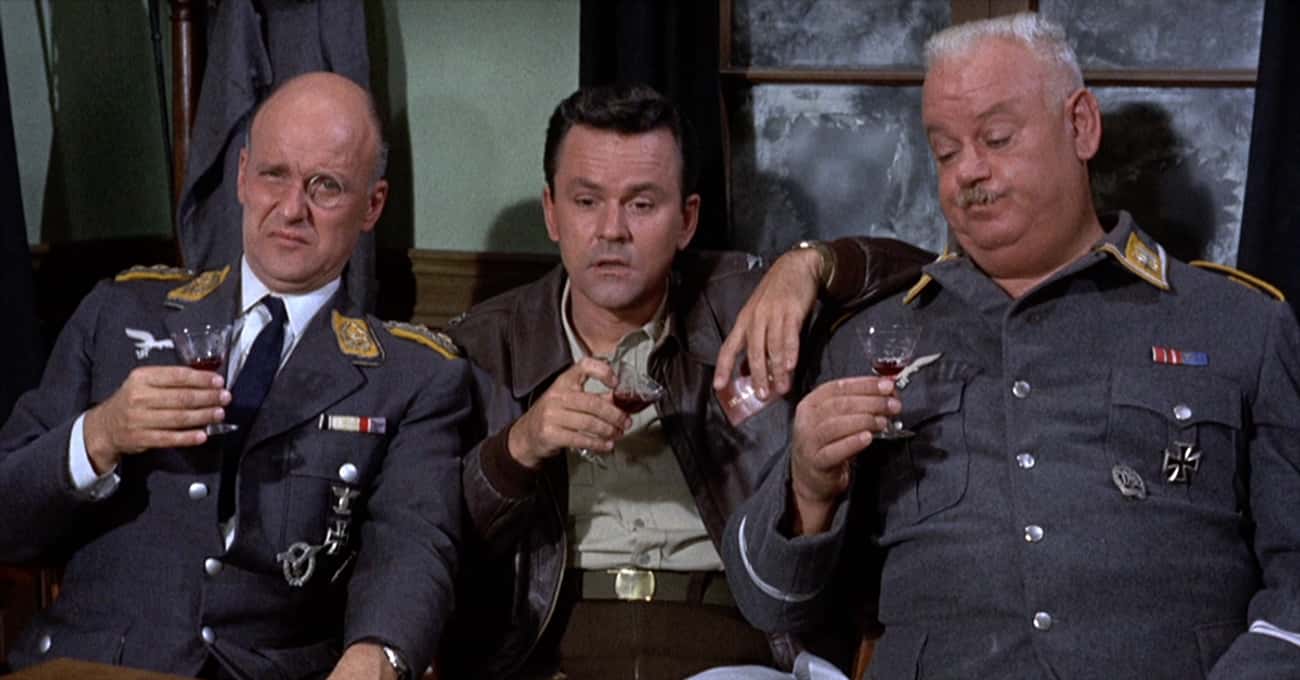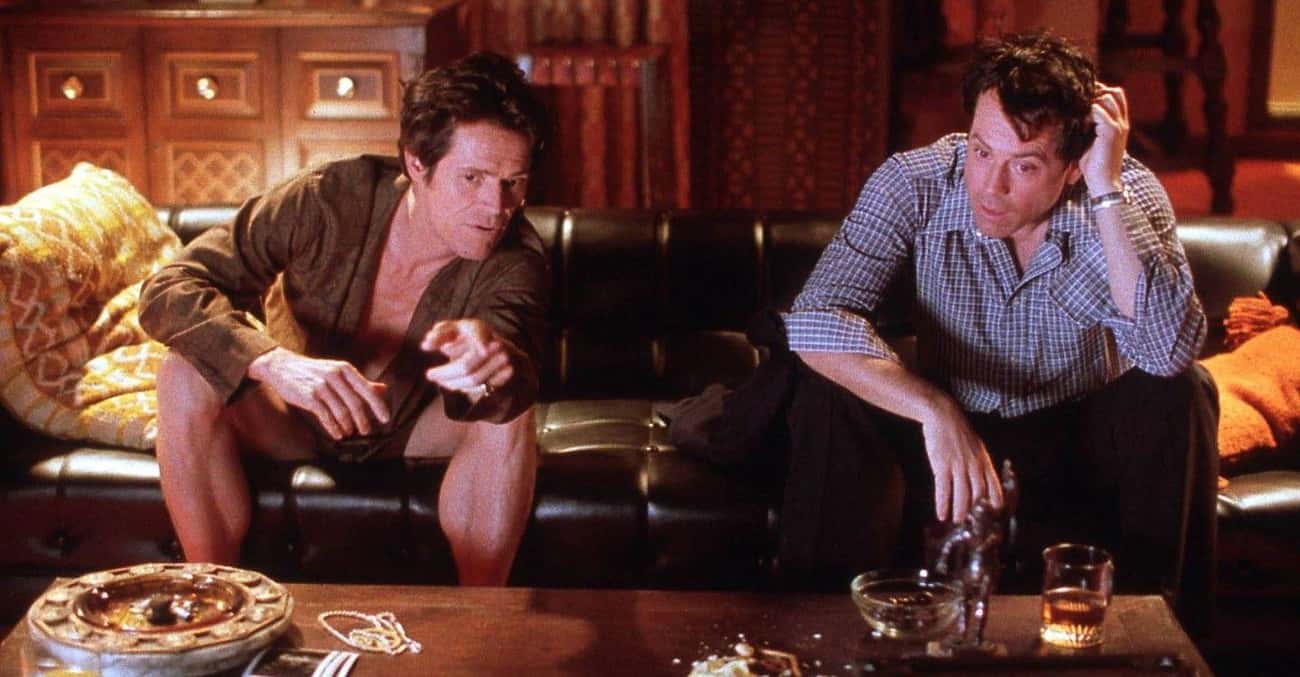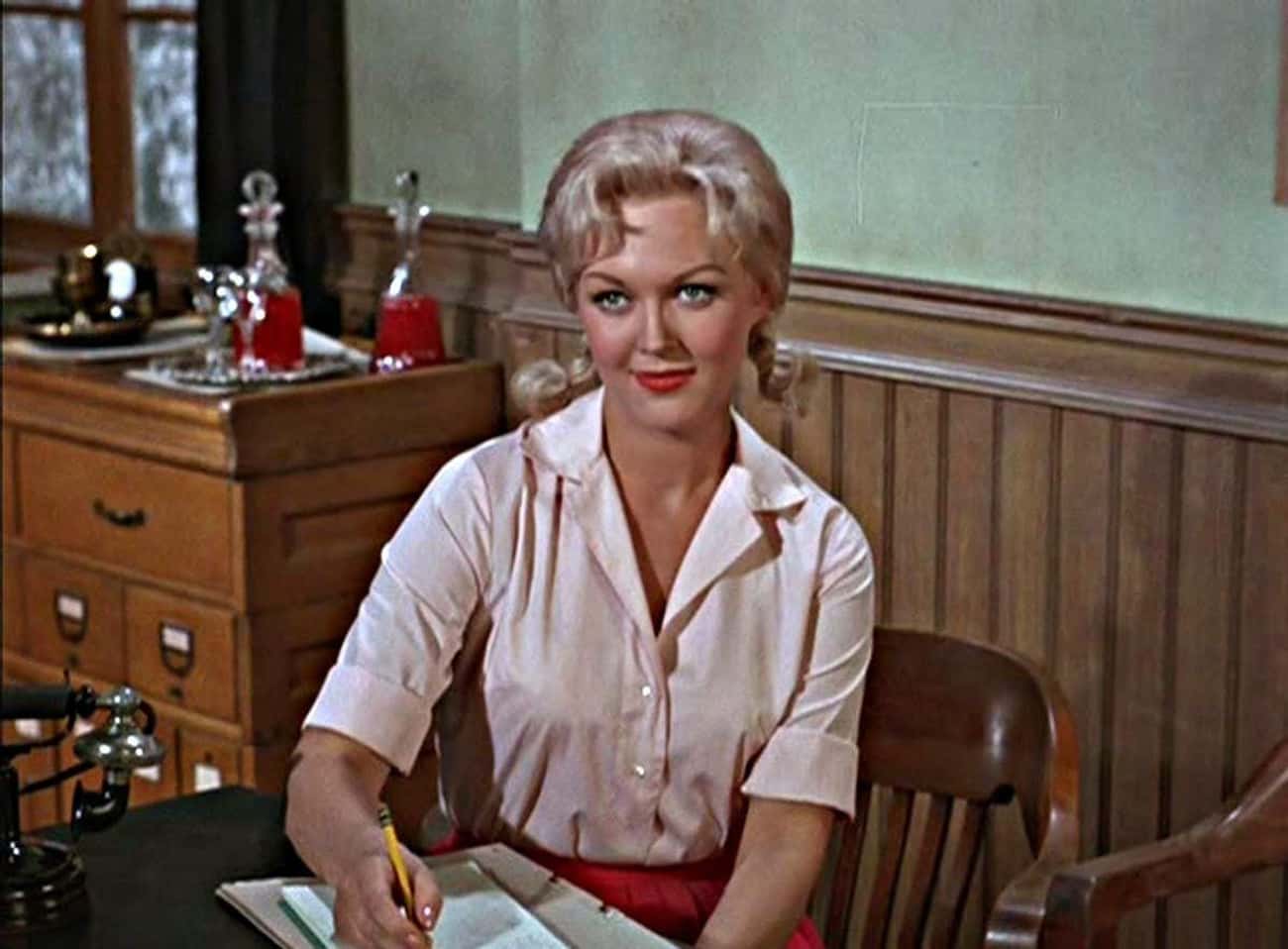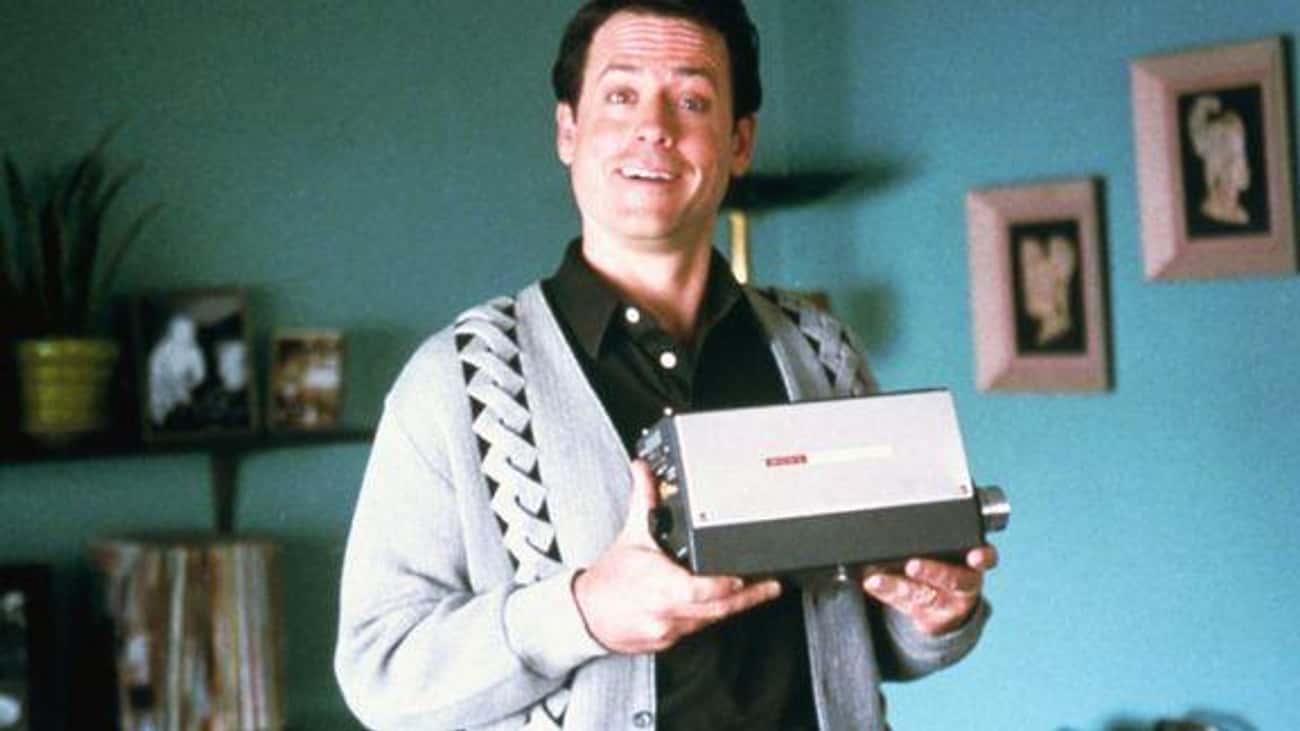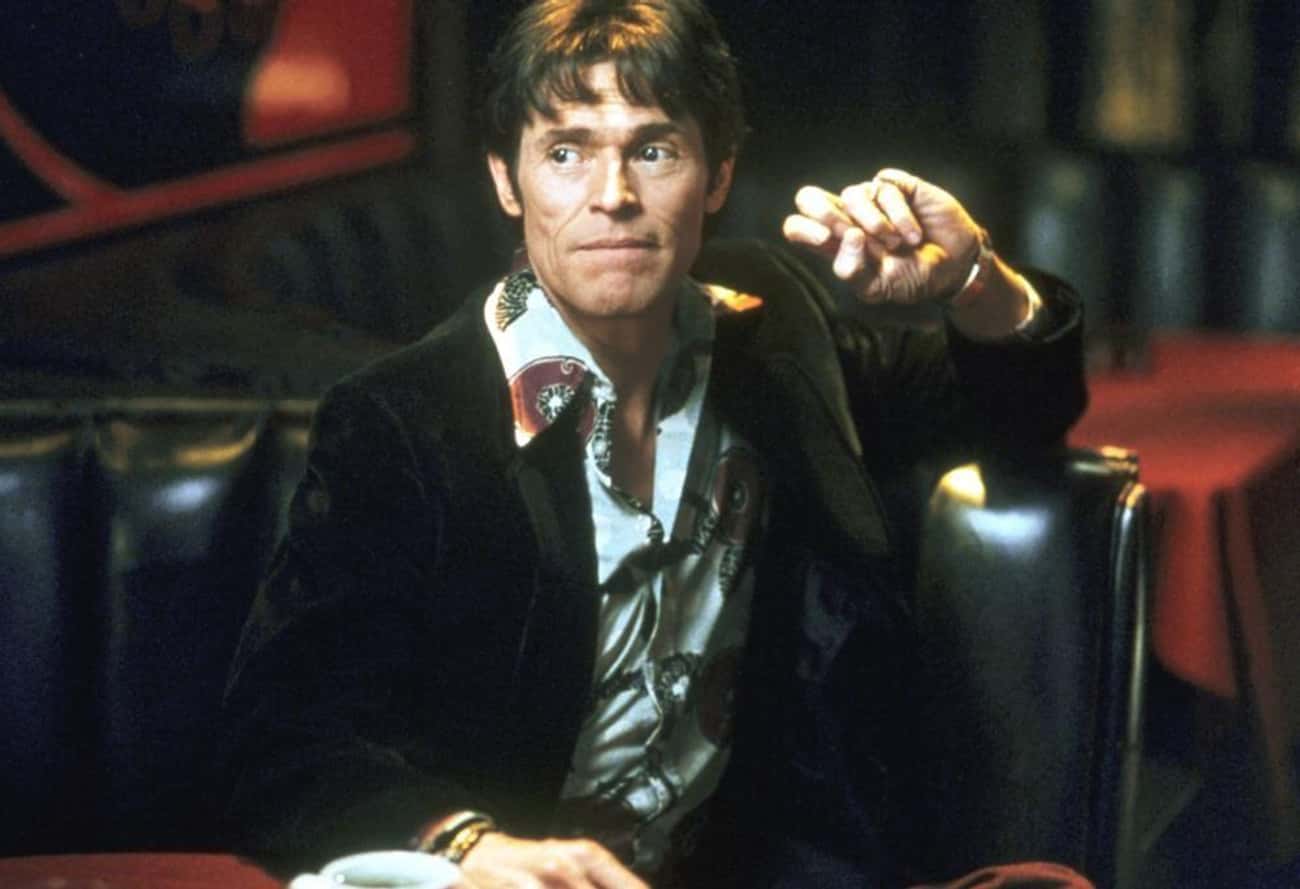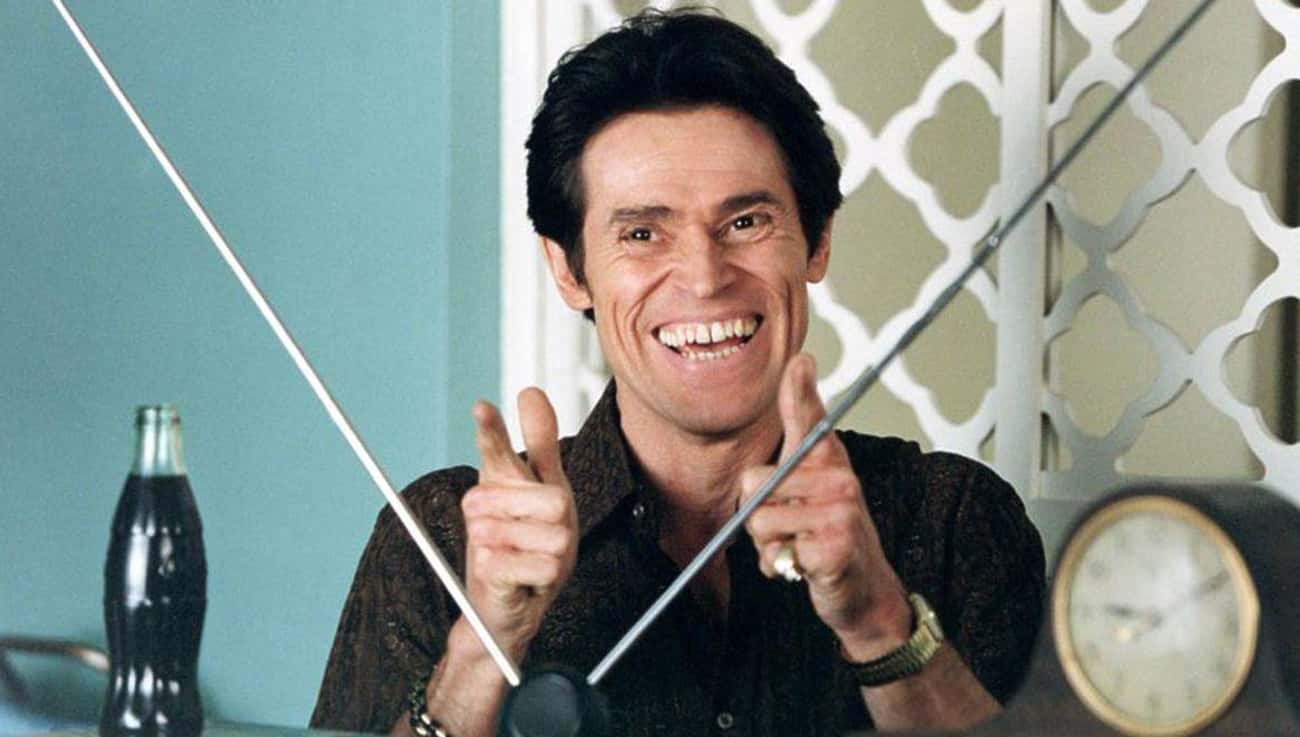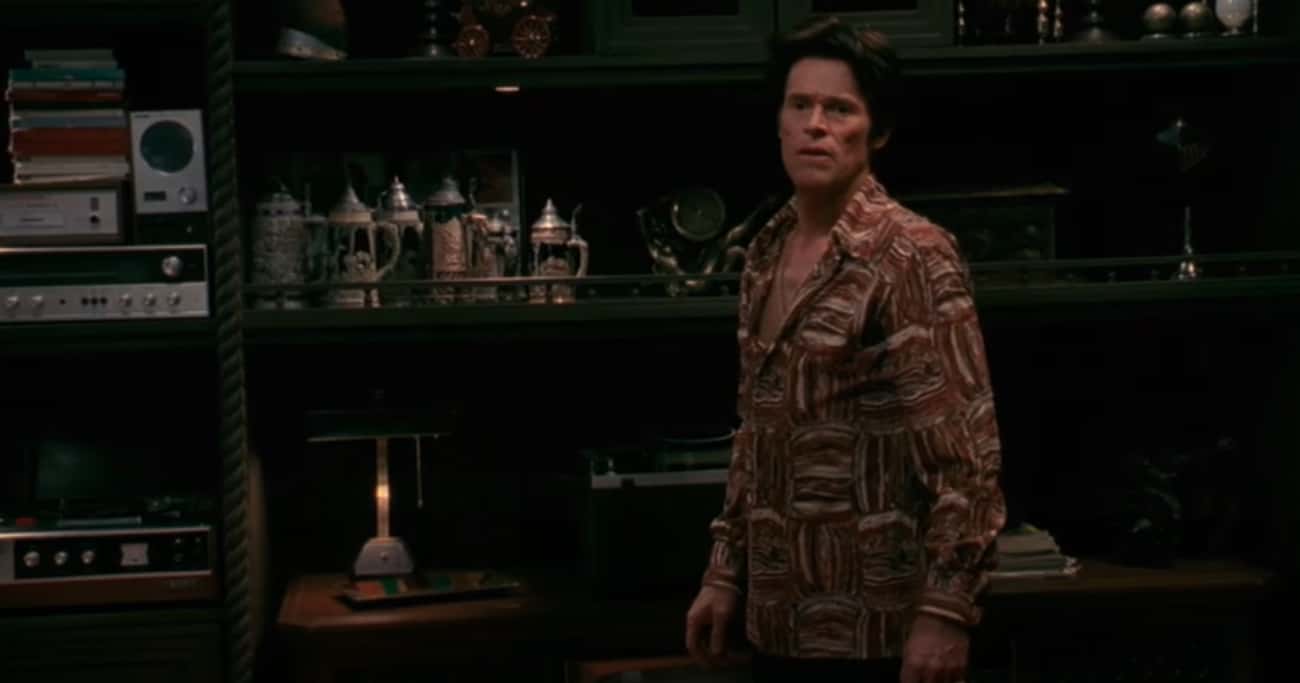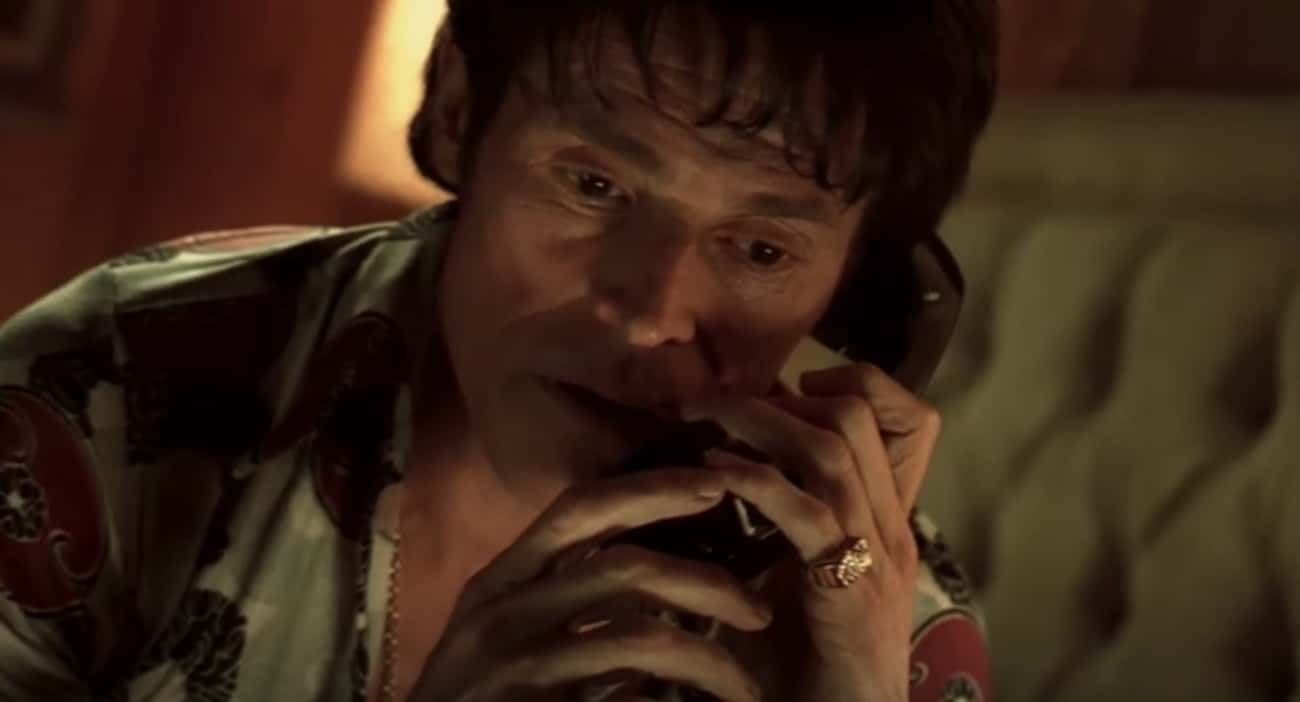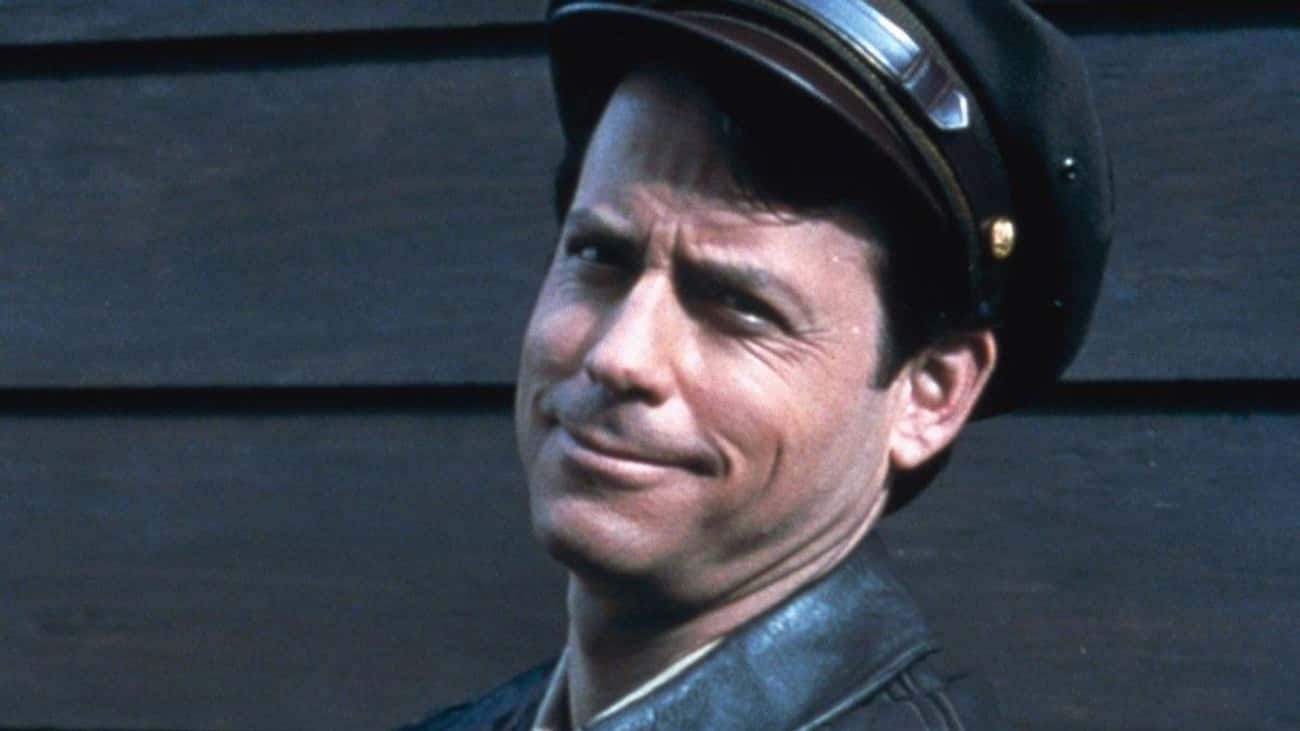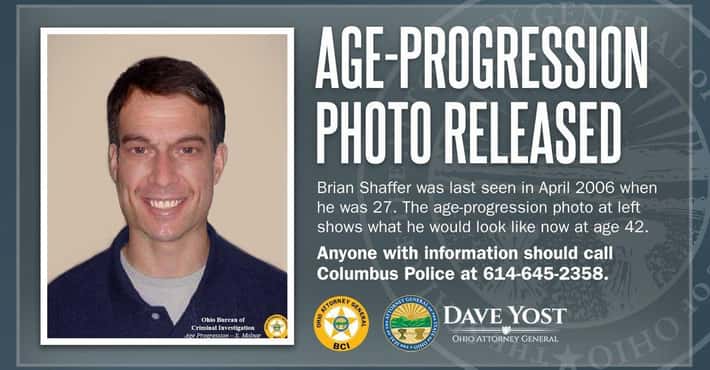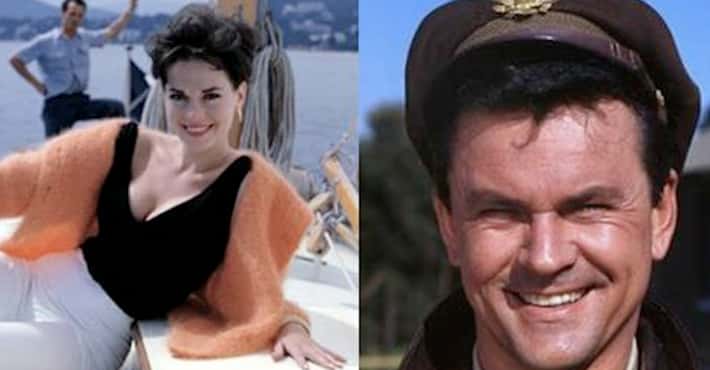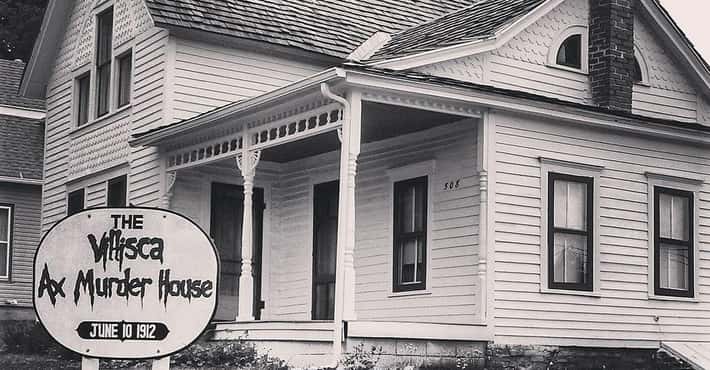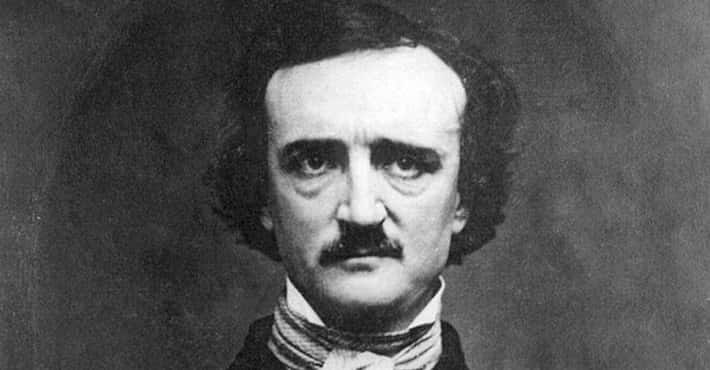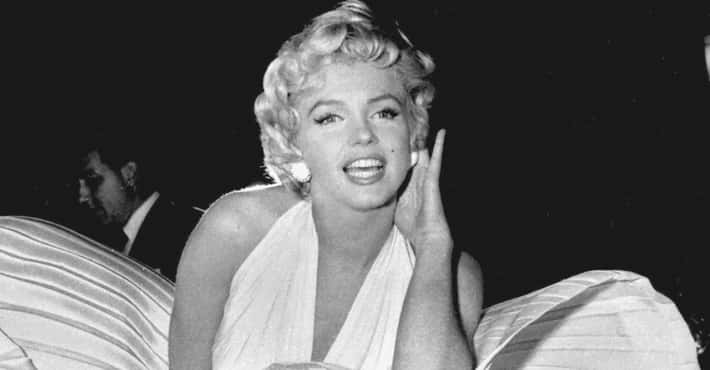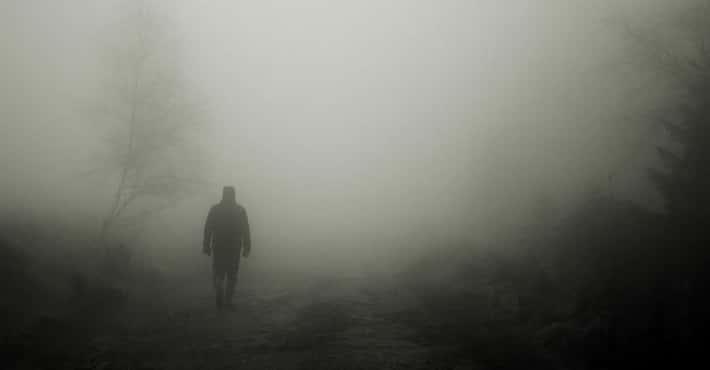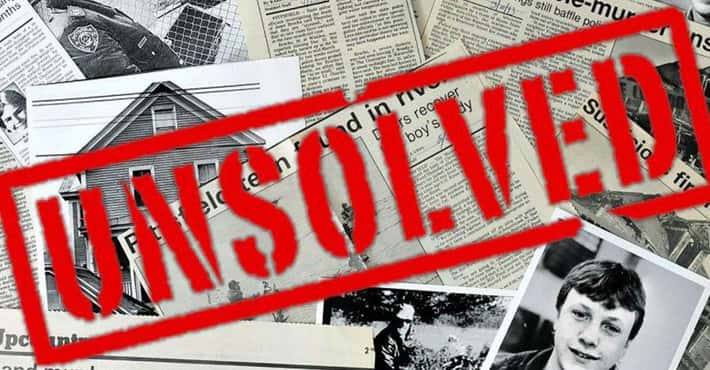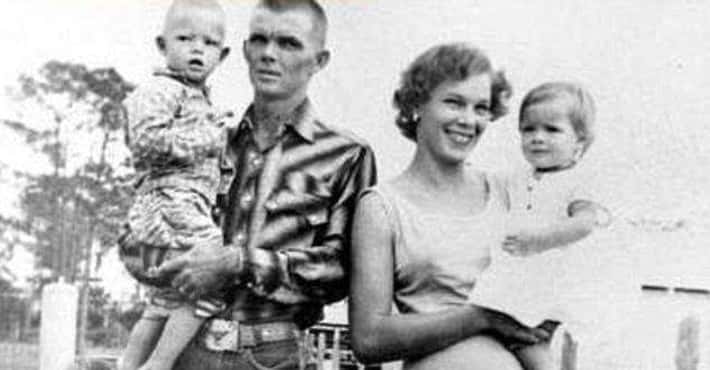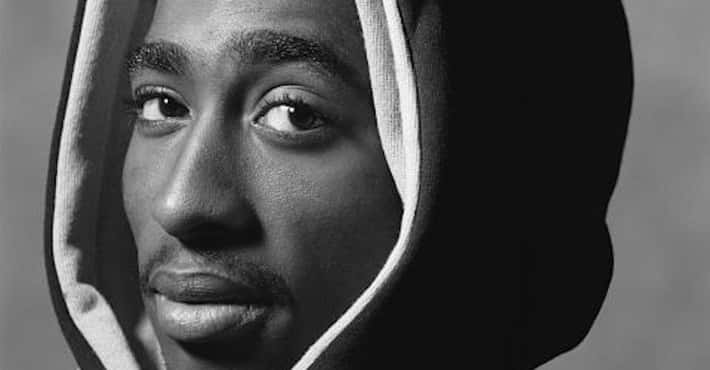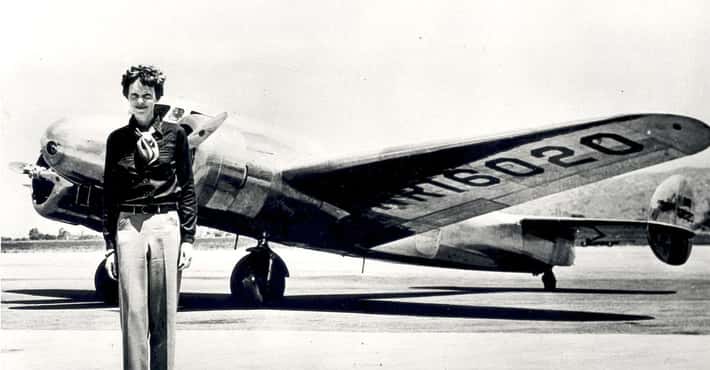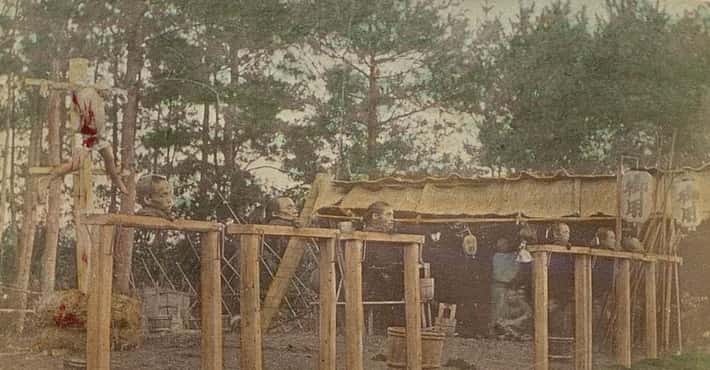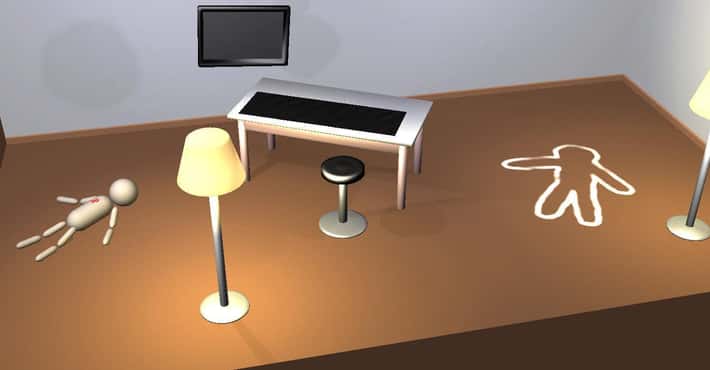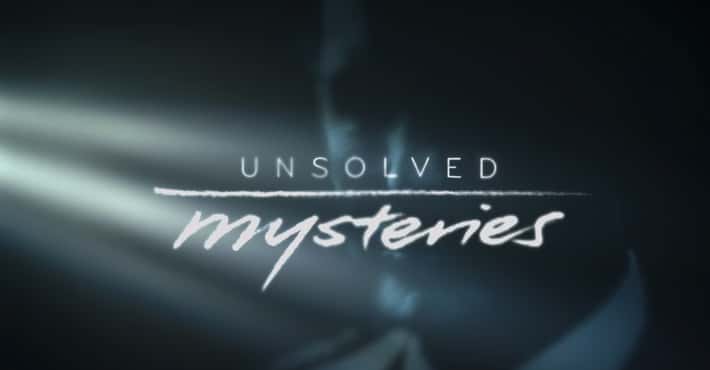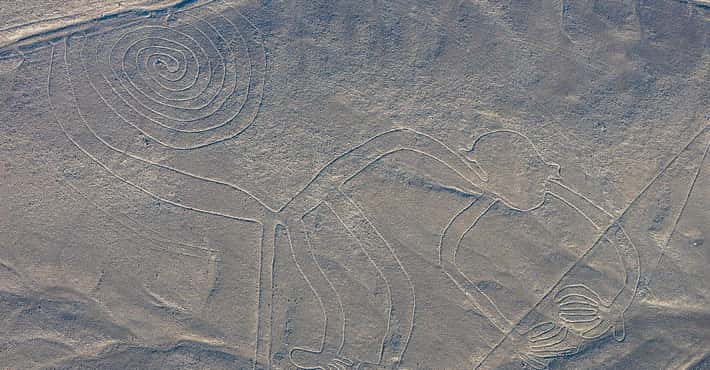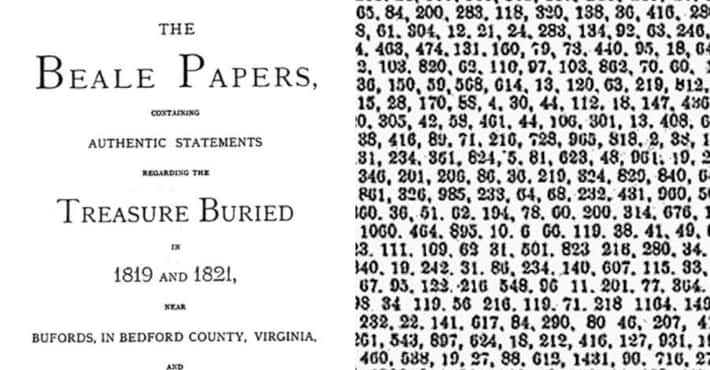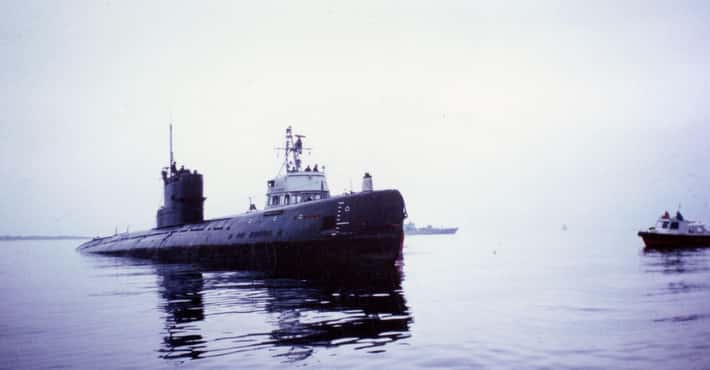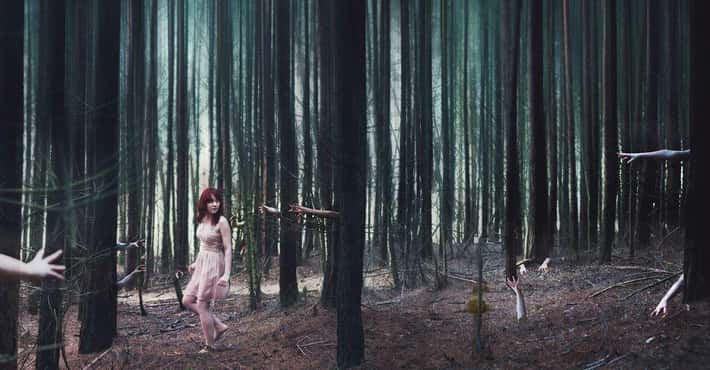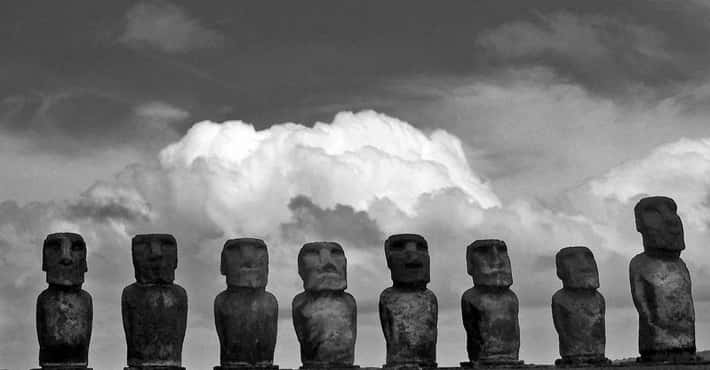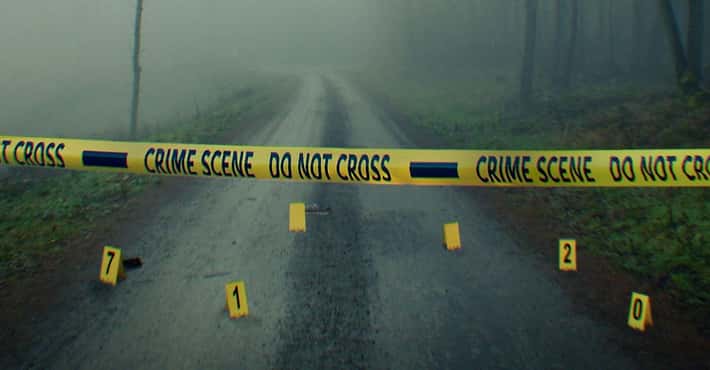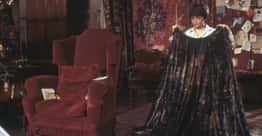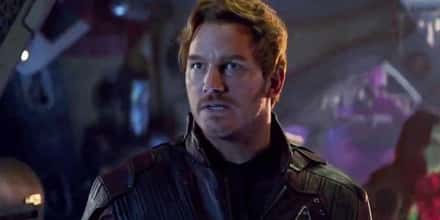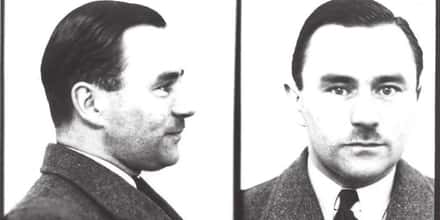People Loved Bob Crane On 'Hogan’s Heroes,' But His Death Was Shocking
Bob Crane Was One Of TV's Most Charismatic Actors
Photo: Hogan's Heroes/CBSHe may not be a household name anymore, but in the late '60s, Bob Crane was the charming and handsome star of Hogan's Heroes, a sitcom about life in a WWII POW camp. Before starring in the throwback series, Crane was intent on making it as a big-band drummer; however, when crooners like Frank Sinatra came onto the scene, he switched gears and landed a gig hosting a CBS radio show.
Following the success of his radio show, Crane guest-hosted The Tonight Show before spending six seasons as Colonel Hogan, the leader of a rag-tag American crew in German custody. After his death, Crane's co-stars opened up about what a great person and friend he was. Robert Clary, who played French POW Louis LeBeau on the show, told ABC, "Bob was a very charming man. He was easy to get along with - he never acted like, 'I'm making much more money than you do, and you better listen to what I'm saying.' That was wonderful."
Crane Never Attained The Same Level Of Success After 'Hogan's Heroes' Ended
Photo: Hogan's Heroes/CBSFollowing the end of Hogan's Heroes, Crane's life slowly began to spiral out of control. He was never able to match the success of his first hit. Although he appeared in the 1973 Disney film Superdad, the movie flopped, and the actor was forced to star in touring dinner theater productions to stay afloat.
While doing the dinner theater circuit, Crane filmed personal X-rated movies with various women, enlisting the help of his friend, John Carpenter, whom he met on the set of Hogan's Heroes. Crane's dinner theater schedule ultimately led him to Scottsdale, AZ, in 1978. Carpenter followed Crane to Arizona, but whether or not the two were meeting up to film - or if Carpenter's appearance was a surprise - remains unclear.
Crane Liked To Film His Sexual Encounters
Photo: Auto Focus/Sony PicturesWhile Bob Crane claimed to be a "one-woman man," he had a constant stable of women at his disposal. A fan of photography, Crane shot and developed photos of his partners. When Carpenter introduced him to portable video cameras and VCRs, the former Hogan's Heroes star began recording as many of his sexual encounters as possible.
Because of his job with Sony, Carpenter was able to bring Crane the most up-to-date recording hardware. According to the New Phoenix Times, the two men filmed themselves in a menage a trois with a woman in Dallas, TX, just months prior to Crane's death. Crane kept all of these recordings in his personal video library.
Crane's Wife Accepted His Double Life
Photo: Hogan's Heroes/CBSCrane's second wife, Patricia Annette Olson, was well aware of her husband's proclivity for filming himself with various women. She told ABC she knew about his photos from early on in their relationship and wasn't bothered by his private life:
From almost the first day on the set, he told me his hobby was photography - I didn't figure it was landscape! He brought over a double-thick briefcase, and it was filled with like four rows of slides in a box about that big. So there were thousands of slides in there... of all the women in his life.
Olson claims Crane was very open about his sexual encounters with strangers, and she understood her husband's sex addiction:
I know it sounds crazy. Maybe people listening to me will think I am crazy! Bob used these women. He said, "I wish when I finished with them I could just push a button and they'd fall through the floor and disappear." Now, how could I be jealous of something like that? He treated women like the rest of the world treats toilet paper. Who's going to be jealous of toilet paper?
Crane Showed His Home Movies To His Friend's Son
Photo: Auto Focus/Sony PicturesMark Dawson, son of Hogan's Heroes cast member Richard Dawson, said Crane was so proud of his personal tapes that he even showed them to the young man when he was only 17 years old:
He was carting a couple of videotapes and a Polaroid book. He went into the other room and then called me in. "Hey, come on in... you want to take a look at this stuff?" The first 10 or 15 minutes, it was very interesting. Unnerving. I gotta tell you: It was a little shocking to see Colonel Hogan au naturel. Couldn't watch Hogan's the same way again after that.
Dawson went on to say Crane wasn't embarrassed about his tapes, but rather excited to show off his private life:
It was like wow, look at this one, look at that one. I don't know if "proud" is the right word but sort of, "Look what I got. She's a real winner, huh?" Some of them were, and some of them weren't. He was excited, he was happy about it. He was like a kid with a toy.
Crane Was Found Bludgeoned To Death
Photo: Auto Focus/Sony PicturesOn June 29, 1978, Bob Crane was found bludgeoned to death in his Scottsdale apartment. He had an electrical cord wrapped around his neck, and although there was no apparent murder weapon at the scene, authorities believed he was clubbed in the head with a camera tripod.
Once police arrived, they discovered Crane's personal tapes, which immediately led them to suspect Crane's friend, John Carpenter.
Crane's Co-Star Discovered His Body
At the time of Crane's demise, he was starring in a traveling production of Beginner's Luck, a farcical look at marriage and infidelity in the mid-20th century. According to Crane's co-star, Victoria Berry, she and the former Hogan's Heroes star got along very well.
Berry even spent time with Crane's friend, Carpenter, during the show. The two often sat together during long stretches of the play while Berry was offstage. She claims that on June 28, the last night Crane was seen alive, the two men left the show together. Crane reminded her that they were supposed to get lunch the next day.
The following day, Berry stopped by Crane's apartment for their lunch appointment. When he didn't answer, she let herself in. When she eventually made her way into his bedroom, she discovered a grisly crime scene:
At first, I thought it was a girl with long, dark hair, because all the blood had turned real dark. I thought, "Oh, Bob's got a girl here. Now, where's Bob?"... I thought, "Well, she's done something to herself. Bob has gone to get help." At that time, I recognized blood... My first instincts were, I don't know why, but I thought it was John Carpenter. And the whole wall was covered from one end to the other with blood. And I just sort of stood there and I was numb. He was curled up in a fetus position, on his side, and he had a cord tied around his neck in a bow.
The Case's Only Suspect Remained Free For More Than A Decade
Photo: Auto Focus/Sony PicturesThe Scottsdale police only ever suspected one person: Crane's close friend, John Carpenter. The two initially bonded over their love of audio and video equipment, but their interests soon turned to sex, and they eventually began filming many of their sexual encounters. After finding their black-and-white videos, police immediately zeroed in on the second man in the footage.
Years passed, however, before police actually charged Carpenter. He remained free for 16 years after the murder and wasn't officially charged until 1994. Although the police kept their eye on Carpenter for years, they never found any concrete evidence linking him to the crime, aside from specks of blood and DNA in his car. Due to the technological limitations of the era in which the crime was committed, the police were unable to properly test this evidence.
Carpenter Reached Out To The Police Multiple Times After Crane's Death
Photo: Auto Focus/Sony PicturesStrangely, John Carpenter reached out to the police multiple times on the day Crane's body was discovered. By the time the Scottsdale police reached the scene, Carpenter was already back in Los Angeles; however, he did call Crane's apartment throughout the day once the news broke.
Lieutenant Ron Dean of the Scottsdale Police Department said Carpenter's behavior was out of the ordinary, especially since he never asked for Crane's cause of death: "The reason he didn't ask me was that he already knew what had happened. The killer himself had returned to the scene of the crime - by phone."
Prior to Carpenter's own passing, however, Carpenter himself claimed that he called so often because he was worried about Crane. He maintained that no one told him of his friend's death: "I asked [the officer] what was going on. He said, 'We have a situation here.' I said, 'What? A robbery?' He wouldn't tell me. That's why I called Bob Crane Jr."
Police Believed Carpenter Was Toying With Them
Photo: Auto Focus/Sony PicturesFrom the beginning of their investigation, Scottsdale police were certain Carpenter was their man, as he had easy access to Crane's apartment. During the investigation, Carpenter offered to help the police in any way that he could; however, Lieutenant Ron Dean believed Carpenter was playing an extended game. Dean said Carpenter even offered to take a polygraph test to prove his innocence; however, his offer felt like a ploy. According to Dean, Carpenter said, "Yesterday, you said something about a polygraph. I could go, voluntary, [for] either a polygraph or sodium pentothal. And you can ask me whatever you want, under doctor's conditions or however... either one that you people feel you might get more information out of me."
Dean thought Carpenter was trying to confess but was simply doing so as if he were a master criminal seeking a dramatic reveal for his crimes. Although Scottsdale police had their eyes on Carpenter, they couldn't make an arrest due to lack of substantial evidence. Maricopa County Attorney Chuck Hyder stated, "In my opinion, they weren't even close to having enough for us to make a case. As far as I knew, you had a little blood in a car - they didn't know whose for sure. Motive was lacking, and so was physical evidence."
Police Sullied Much Of The Forensic Evidence
Photo: Auto Focus/Sony PicturesDuring their initial investigation, police made several vital mistakes. Not only did they allow Crane's co-star, Victoria Berry, to enter the crime scene multiple times, but the Maricopa County medical examiner tainted his results by touching Crane's body and even shaving the victim's head in order to closely investigate the wound.
Another major piece of evidence police missed was an alleged piece of human tissue photographed on the driver-side door of Carpenter's rental car. No one knows what happened to the DNA, and many believe police either lost the evidence or forgot to claim it in 1978.
Police Suspected Carpenter Stole Key Evidence
Photo: Auto Focus/Sony PicturesAlthough Carpenter wasn't charged until 16 years after the crime, police were certain from the beginning that he was their man. Carpenter told police that prior to the murder, Crane showed him an album of scandalous Polaroid photos the actor had snapped while working as a traveling actor with the dinner theater.
During their initial search of Crane's apartment, the police failed to locate his photo book or the actor's personal tripod, which they believe was used as the murder weapon. Crane's apartment showed no signs of a break-in, which means he likely let the culprit into his home. At the time, police believed Carpenter confiscated the photo album and tripod following his attack on Crane.
Carpenter Passed Away In 1998
Photo: Auto Focus/Sony PicturesPrior to his trial, Carpenter adamantly maintained his innocence. He told a reporter the case didn't make sense - Crane's star power was the primary way Carpenter met women:
I don't go around and kill my pals. I played around a lot, balled a lot of women, and I've made mistakes that hurt people close to me. I'm no saint. But I never even had a fight with Bob, goddammit. He was my friend. And he was the goose who laid the golden egg for me, in terms of meeting ladies.
Even as the main - and essentially only - suspect in Crane's murder, Carpenter walked in 1994 after the prosecution failed to persuade the jury of his guilt. The main issue in the trial was the lack of DNA evidence. In 1998, four years after his name was cleared, Carpenter passed away at the age of 70.
Paul Schrader Made A Film About Crane's Death
Photo: Auto Focus/Sony PicturesIn 2002, filmmaker Paul Schrader directed Auto Focus, a film about Crane's death starring Greg Kinnear as the doomed actor and Willem Dafoe as John Carpenter. The film takes a stark look at Crane's life, beginning with his time on Hogan's Heroes and his friendship with Carpenter. Much of the film focuses on Crane's dual nature. Prior to the movie's release, Greg Kinnear told ABC, "What's fascinating about [Crane] is this sort of contradictory nature. I mean, he really saw himself as a one-woman man! And yet there were reams and reams of photographs and video of all these other behaviors going on."
Director Paul Schrader continued with this thread: "[Crane] really did live that classic life of the hypocritical Hollywood star. He portrayed himself as a conservative Republican family man."


